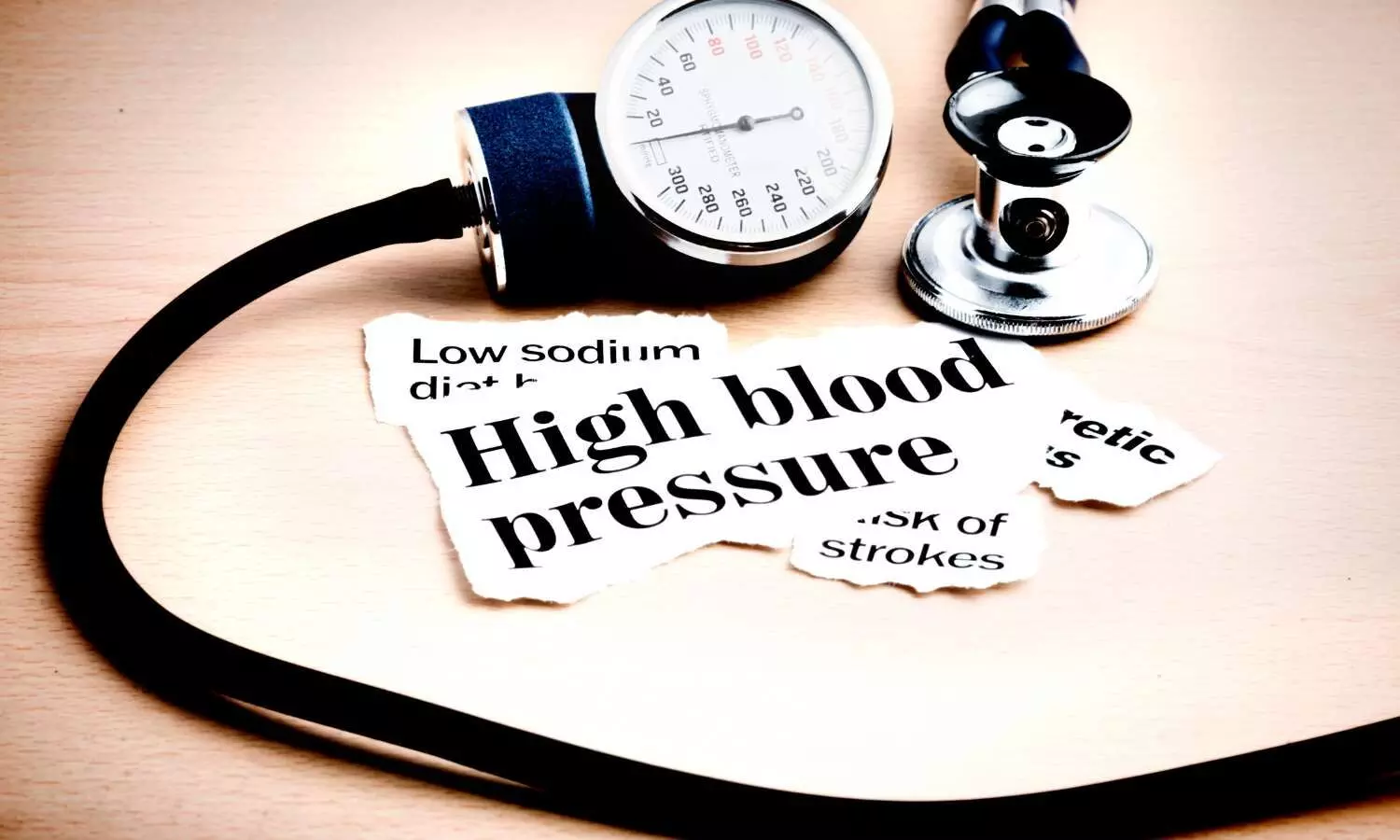Relaxation techniques may help lower high blood pressure-at least in the short term

Relaxation techniques may help lower high blood pressure-at least in the short term-but the longer term effects are unclear, finds a pooled data analysis of the existing research published in the open access journal BMJ Medicine.
And the risk of bias in the existing body of research means that further, more rigorously designed and longer studies are needed to confirm whether these techniques have a constructive role in the treatment of high blood pressure, conclude the researchers.
High blood pressure affects around a third of 30-79 year olds and is one of the leading attributable causes of deaths in both men and women, note the researchers.
While drugs are available to treat the condition, adherence to them is poor, generating interest in alternative approaches, such as relaxation techniques, to reduce one of the major risk factors for high blood pressure-high stress levels.
But it’s far from clear which of these methods, which can include breath control, mindfulness, yoga, Tai Chi, and biofeedback, among others, might be most effective.
To build on the evidence base, the researchers scoured research databases for studies, published in English up to February 2024 that looked at the potential impact of relaxation techniques on high blood pressure (140/90 mm Hg and above) and elevated blood pressure (120/80 mm Hg and above).
They included 182 studies, 166 of which looked at high blood pressure, and 16 of which looked at elevated blood pressure (pre-hypertension).
Where possible, the researchers deployed network meta analysis, a statistical technique used to simultaneously compare the effects of several different ‘treatments’.
The pooled results of 54 studies showed that most relaxation techniques seemed to lower both systolic and diastolic blood pressure for people with high blood pressure after 3 or fewer months. The most commonly included interventions were breath control (13 studies), yoga/tai chi (11), biofeedback (8), progressive muscle relaxation (7), and music (7).
Compared with no intervention, breath control achieved a reduction of 6.65 mm Hg in systolic blood pressure (the first and higher number in a blood pressure reading), meditation a drop of 7.71 mm Hg, meditative movement, such as tai chi and yoga, a drop of 9.58 mm Hg, and mindfulness a drop of 9.90 mm Hg.
Music was also associated with a fall of 6.61 mm Hg, progressive muscle relaxation with a fall of 7.46 mm Hg, and psychotherapy with a reduction of 9.83 mm Hg. Combined techniques were associated with a drop of 6.78 mm Hg in blood pressure.
There was no statistical evidence of effectiveness for any technique after 3 to 12 months and the certainty of the evidence was very low. The most commonly included techniques at this timepoint were biofeedback (7 studies), yoga/tai chi (4), and progressive muscle relaxation (4).
Very few studies included long term follow up of 12 months or more, and of the 3 included in the network analysis, the results showed that compared with no treatment autogenic (self directed) training might lower both systolic and diastolic blood pressure, but the certainty of the evidence was low.
There was no statistical evidence of effectiveness for other treatments assessed at this time point, including biofeedback, progressive muscle relaxation, and techniques involving a combined approach.
Limited data were available for elevated blood pressure: only two studies compared relaxation techniques with no treatment/usual care and the effects on systolic blood pressure were small.
The researchers note that the descriptions of relaxation interventions were sometimes incomplete or sparse, there were few data on costs and cost effectiveness, and most of the included studies didn’t report information on the risk of cardiovascular disease/events/deaths.
But they suggest: “The results of our systematic review and network meta-analysis indicate that relaxation or stress management techniques might result in meaningful reductions in blood pressure at up to three months of follow-up.”
But they caution: “Uncertainty exists about this effect, however, because of the risk of bias in the primary studies, the potential for publication bias in this area, and imprecision in the effect estimates, meaning that the observed changes in blood pressure might be too small to affect cardiovascular or cerebrovascular outcomes.”
And they add: “Hypertension is a chronic condition, likely to require long term drug treatments or behavioural changes. As such, interventions that are used for a brief period, or provide only short term benefits, are unlikely to be clinically useful.
“Too few studies exist, however, to assess whether the beneficial effects of relaxation are maintained when the techniques are practised for longer than three months. Future studies must clearly report whether participants were still using relaxation methods at the time of the outcome assessment, with details on adherence to the relaxation schedule. These factors might strongly influence the effectiveness of the different relaxation and stress management techniques.”
Reference:
Katie E Webster, Monika Halicka, Russell J Bowater, Thomas Parkhouse, Effectiveness of stress management and relaxation interventions for management of hypertension and prehypertension: systematic review and network meta-analysis, BMJ Medicine, DOI:10.1136/bmjmed-2024-001098
Powered by WPeMatico









